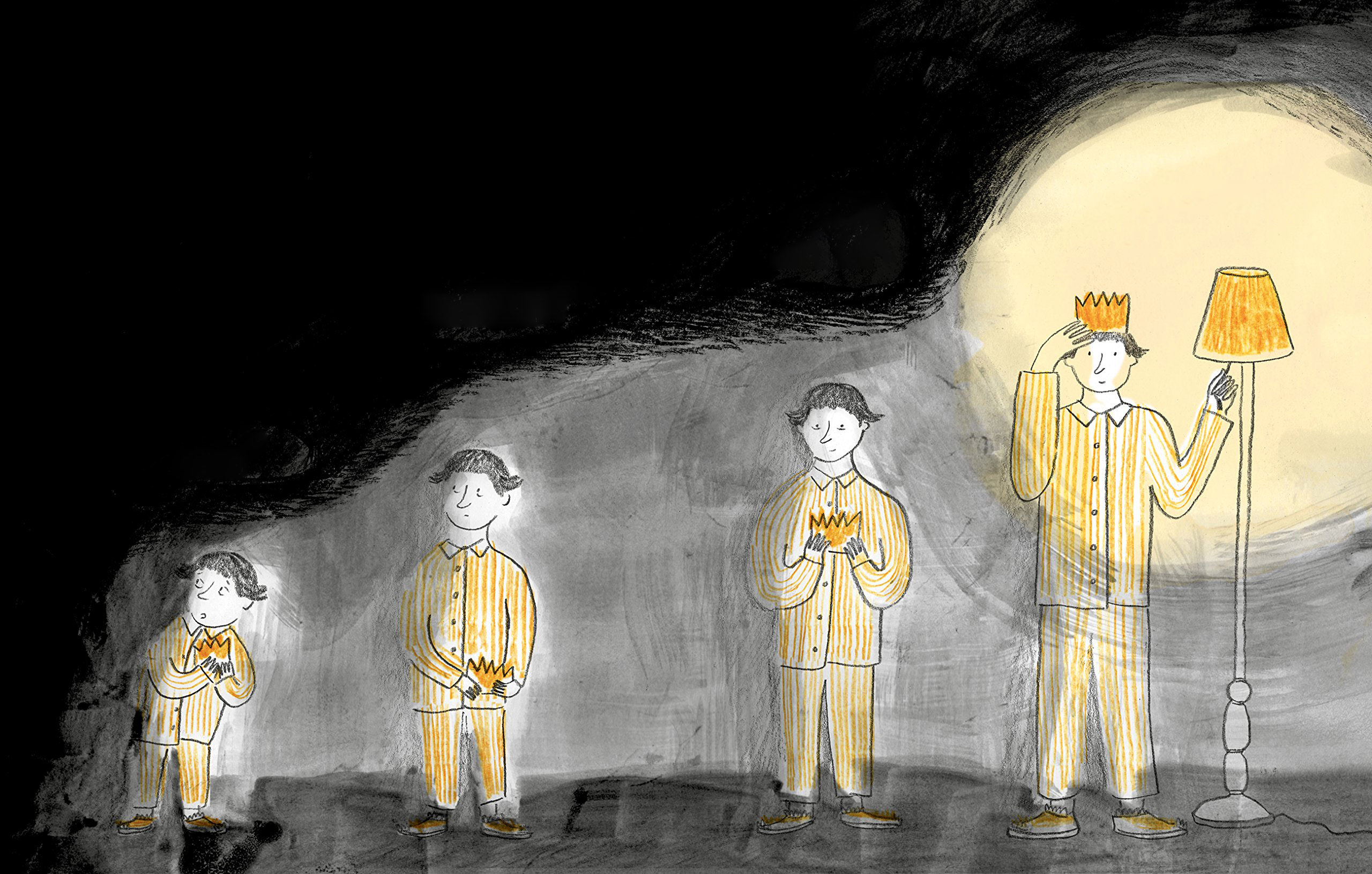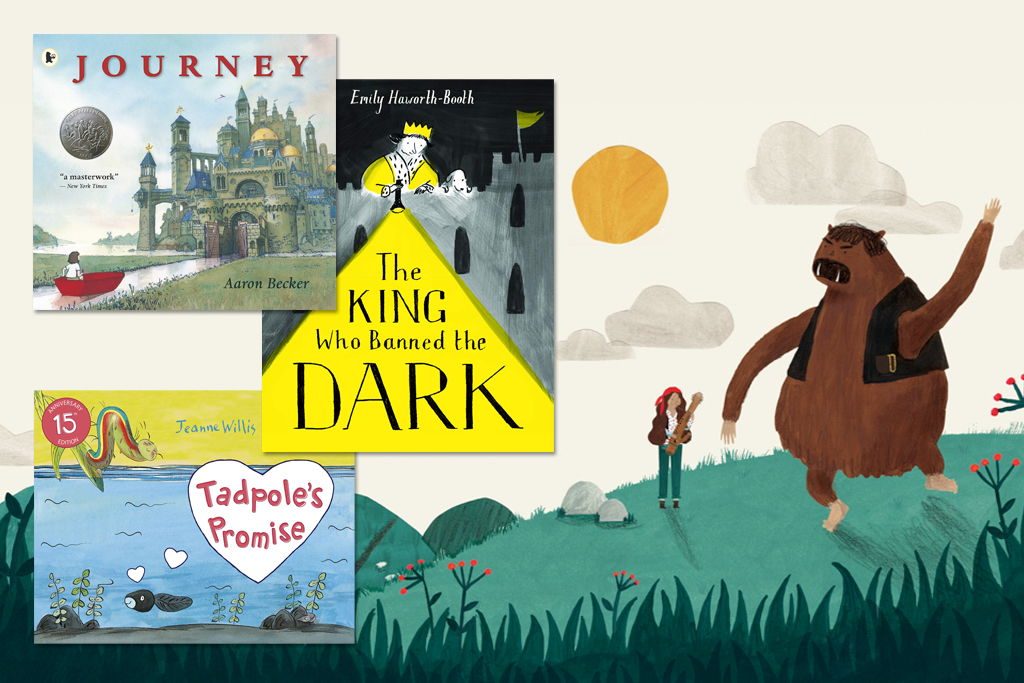
Subject: Picture Books for Older Readers
Age Group: KS2
Focus: Importance and relevance of still using picture books when children can read for themselves
Synopsis: Don’t dismiss picture books — they are still really enjoyable at KS2 and have a multitude of uses beyond just being a good read.

Emma Ostler
Hampshire SLS
Librarian’s view:
Are we ever too old for a picture book asks Emma Ostler? In Hampshire one of our Book Awards is for Year 5 pupils – The Hampshire Illustrated Book Award. This has been running since 2004 and it never ceases to amaze me how much the pupils get out of this award and how much they enjoy using picture books. However, it is so often the case that as children learn to read they move away from picture books and see them as something that they have outgrown. Conversations with parents can reveal this stereotypical image as well, as they state that their child can now read chapter books so they don’t need picture books. This attitude towards picture books is a shame as there are so many brilliant picture books written for the KS2 age group and they have so many uses both in the classroom and for general reading. The joy of a Year 5 child who has changed their mind about picture books convinces me that they should be a key part of the diet of books at KS2.

Picture this…
Picture books are not just for the youngest children. They are a great read whatever age, and can be used in the classroom for a multitude of purposes, some of which I have outlined below.
- They can challenge stereotypes and ideas
Read the words aloud without showing the pictures to a class and then when the pictures are revealed are they what they expected? - They can challenge our ideas of prediction
I like to use Tadpole’s Promise by Jeanne Willis and Tony Ross – this is especially good to read aloud to both children and their parents. The fact that the ending is not what they would have predicted always takes them by surprise.
- You can use them for visual literacy
Often the pictures add to the words or tell a different story. Wordless picture books such as Journey by Aaron Becker require different skills to read the picture, compared to reading the narrative.
- They can promote discussion
This is easier to do when you look at a picture together. For example, The King who Banned the Dark by Emily Haworth-Booth can be used to discuss democracy – did the King have the right to do this? Is it fair? What should our leaders be able to do?
- Picture books can be used to promote diversity
Just one example of this is Ossiri and the Bala Mengro by Richard O’Neill & Katharine Quarmby which gives an insight into traveller communities, along with many other diverse picture books.
- Putting a difficult concept or story into a picture can sometimes help us grasp it
Take Nick Butterworth’s The Whisperer – which has cats at war in picture form paralleling Romeo and Juliet.
- Picture books can of course help with emotional literacy as well
It may just be the pictures that enable a child to open up about a worry or concern. Sharing a picture book is somehow easier than a book without pictures.
- As a shorter text they can be used when there is less time
Without ever having that problem in class of not finishing the book, and they can be used by the whole class regardless of reading age.
Don’t dismiss the picture book for not having enough about it, especially in these post-Covid times when reading stamina is struggling, they can be the spark that reignites a passion for reading. They are so enjoyable to read, whatever your age. To quote a Year 5: “I thought I was too old for picture books but now I love them!”

Resources

The Whisperer by Nick Butterworth

Ossiri & the Bala Mengro by Richard O’Neill & Katharine Quarmby

The King who Banned the Dark by Emily Haworth-Booth

Tadpole’s Promise by Jeanne Willis. Illustrations by Tony Ross

Journey written and illustrated by Aaron Becker

